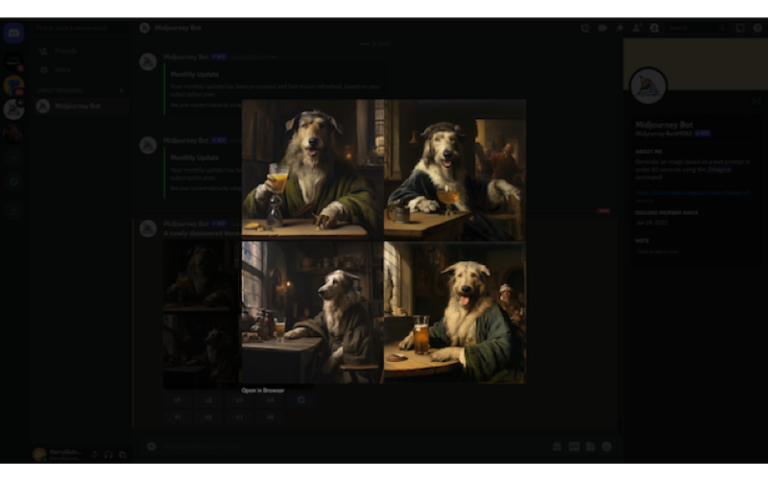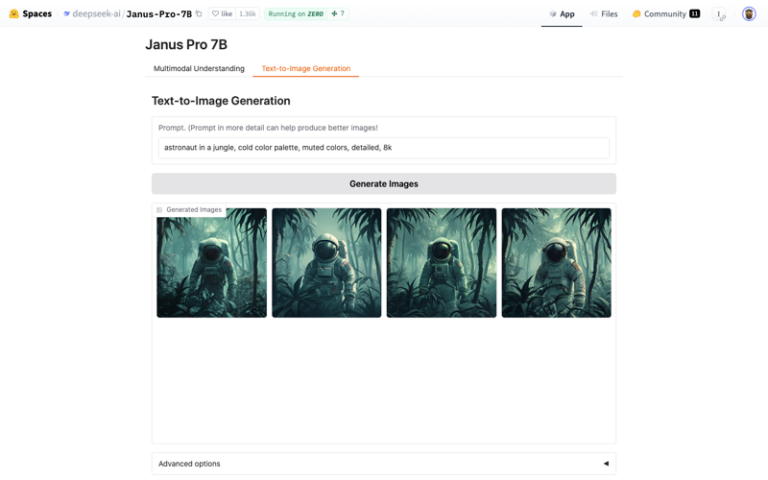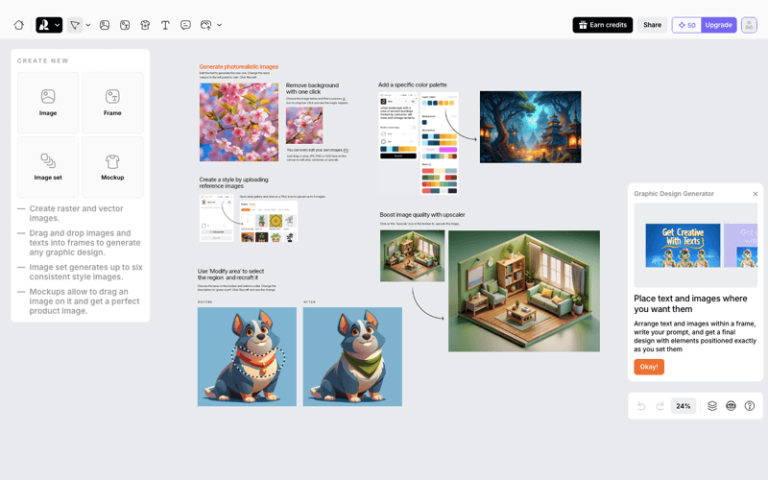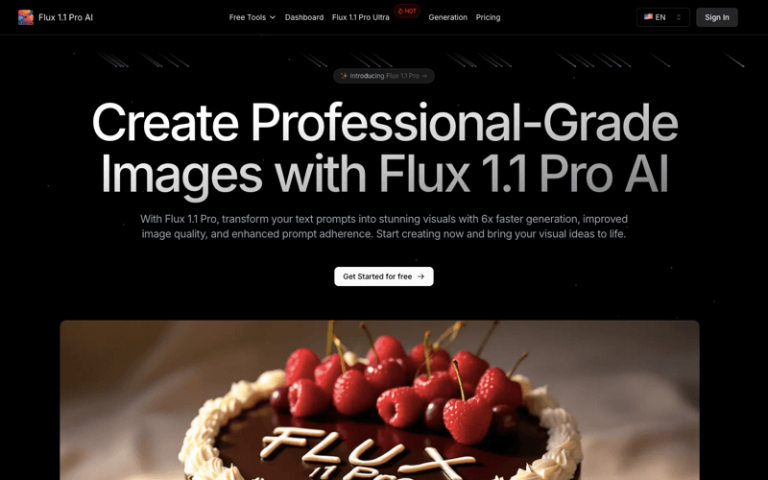Home » AI Tools » AI Image Generator » Stable Diffusion
Stable Diffusion
Introduction: Stable Diffusion is a type of artificial intelligence model used for generating images from textual descriptions.
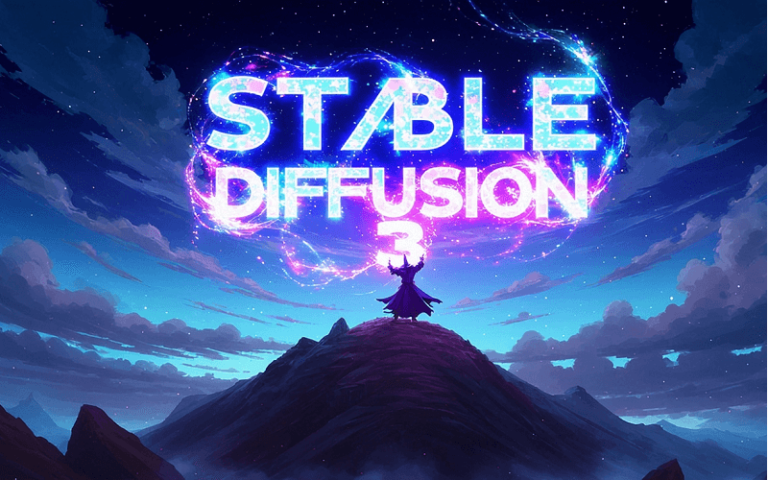
The Best Alternatives to Stable Diffusion
What is Stable Diffusion?
Stable Diffusion is a type of AI model used for image generation, particularly known for its ability to create high-resolution images from textual descriptions. It is based on the concept of diffusion models, which are a class of generative models used in the field of deep learning for tasks such as image synthesis, image restoration, and super-resolution.
Main Features
- Text-to-Image Generation (txt to img): Stable Diffusion can generate images from textual descriptions, allowing users to describe what they want in words, and the AI will produce an image that matches the description.
- Image-to-Image Transformation (img to img): It can also transform one image into another, altering the content based on the textual prompt provided by the user.
- Photo Editing: Stable Diffusion can be used for photo editing tasks, such as enhancing or changing specific aspects of an image.
- High-Resolution Output: The model is capable of producing high-resolution images, which is a significant advantage for professional use cases.
- Control Over Generation: Users have some control over the generation process through the use of prompts and parameters that can influence the style, content, and quality of the generated images.
- Open Source: Stable Diffusion is open-source, which means that its code is publicly available, allowing developers and researchers to modify, improve, and integrate it into various applications.
Pros and Cons
- Innovation
- Accessibility
- Efficiency
- Creativity
- Quality Control
- Data Privacy
How to Use Stable Diffusion?
- Understand the Basics: Familiarize yourself with the concept of diffusion models and how they work. Understand that Stable Diffusion uses a combination of text prompts and learned patterns from training data to generate images.
- Set Up the Environment: To use Stable Diffusion, you’ll need to have a suitable computing environment with the necessary hardware (like a GPU) and software dependencies installed. You can find setup guides and requirements on the official project page or GitHub repository.
- Install the Model: Download and install the Stable Diffusion model following the instructions provided on its official source page. This may involve cloning a GitHub repository and installing the required packages.
- Prepare Your Prompt: Decide on the image you want to generate and come up with a descriptive text prompt that captures the essence of what you want the image to depict.
- Generate Images: Use the model to generate images by providing it with your text prompt. This is typically done through a command-line interface or a graphical user interface (GUI) if one is available.
- Adjust Parameters: If the initial results are not satisfactory, adjust the model parameters such as diffusion steps, temperature, or other settings that can influence the generation process.
- Iterate and Refine: Generating high-quality images with AI often requires multiple attempts and refinements of the prompts and parameters. Keep experimenting until you achieve the desired outcome.
- Explore Advanced Features: As you become more comfortable with the tool, explore advanced features such as latent editing, image manipulation, and more to further enhance your generated images.



